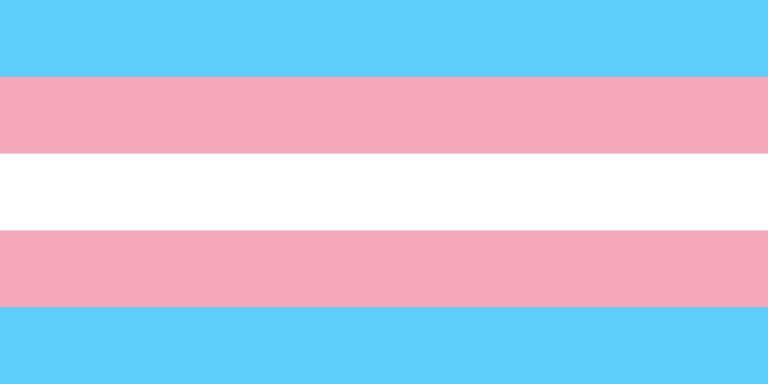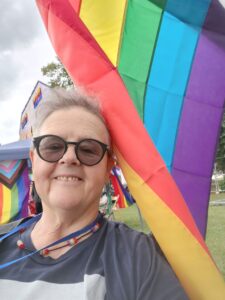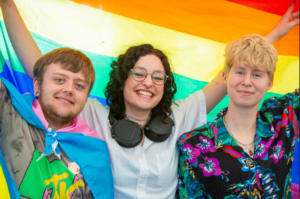| Equity & Diversity
International Transgender Day of Visibility.


Hello
Is it just me, or does time seem to be flying by? Another few days and it will be the end of March! As we all know, this means the legal deadline for public sector organisations to publish their gender pay gap. With all this focus on gender pay, it would be easy to forget that March 31st is International Transgender Day of Visibility (TDoV).
Founded in 2009 by Rachel Crandall, the 31st March has become an annual event marked around the world. Unlike November’s Transgender Day of Remembrance, which honours the memory of those whose lives were lost in acts of anti-transgender violence, 31st March is a day of celebration. It provides an opportunity to recognise the achievements of the transgender community.
Whilst the day is relatively new, transgender activism isn’t. Some of the early activists include Sylvia Rivera and Christine Jorgensen. Sylvia is remembered as one of the instigators of the infamous 1969 Stonewall Uprising. This was a series of demonstrations and riots against the police by members of the LGBT community. The riots are considered one of the most pivotal events in the fight for LGBT rights in the US. In 1952 Christine Jorgensen, a former Navy Private from The Bronx, was the first widely known individual to undergo sexual reassignment surgery. Following her surgery, she began a series of tours giving lectures and performing at nightclubs.
Rachel’s commitment to achieving equality for everyone led her to start International Transgender Day of Visibility. She recognised that there had never been a day for transgender people: “I wanted a day where all transgender people all over the world can come together and celebrate what they are”.
The day is dedicated to:
- Celebrating the accomplishments and victories of transgender people empowering them to live their lives freely and confidently;
- Honouring people as who they are,
- Embracing transgender diversity, and
- Raising awareness of the challenges and discrimination that the transgender community continue to face.
There are a number of ways that you can show your support for the transgender community:
- Use social media to raise awareness to the 31st March and positively promote trans visibility ;
- Develop your understanding of the transgender community. You could read about the history of trans activism, or listen to the experiences of trans people; and
- Treat all people with dignity and respect, as equals



